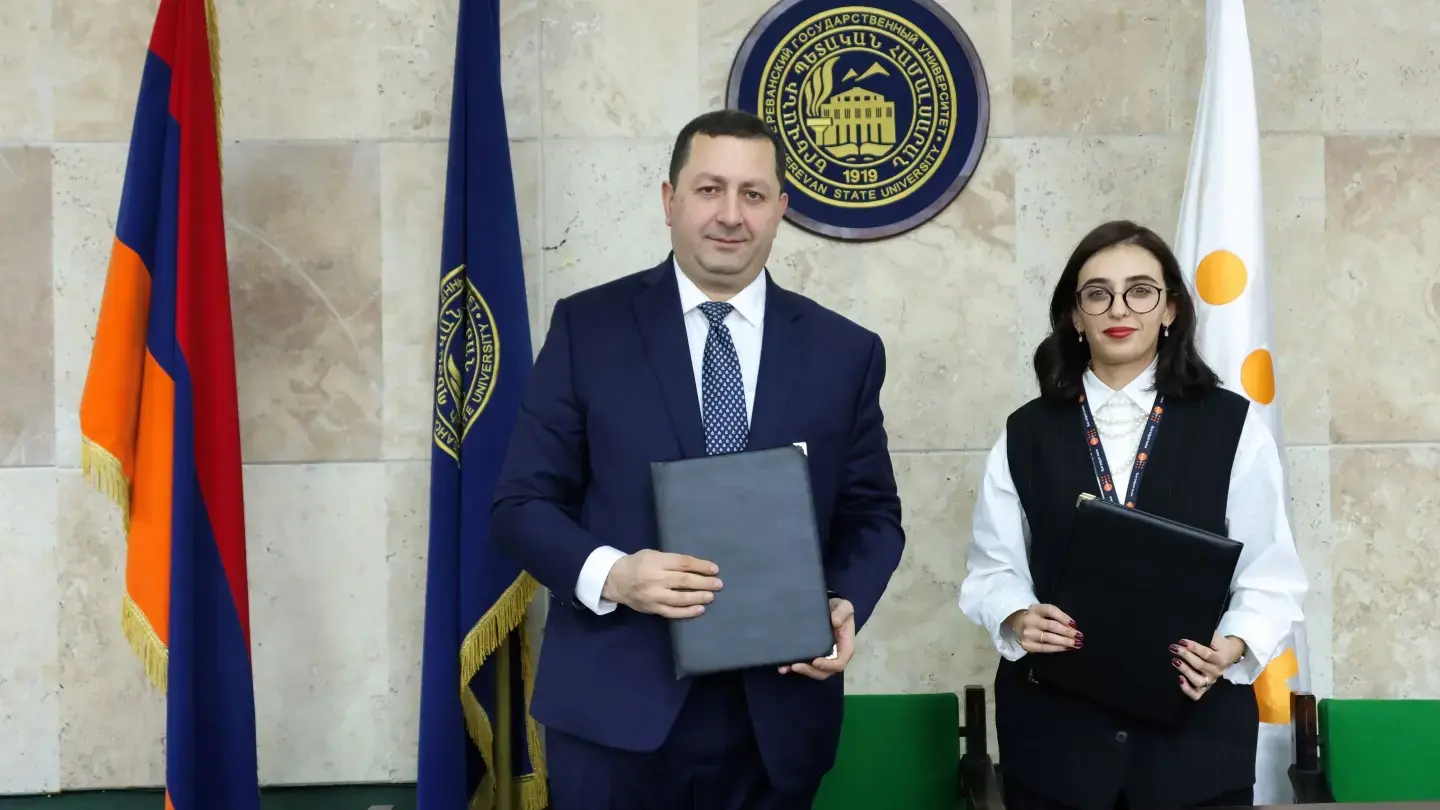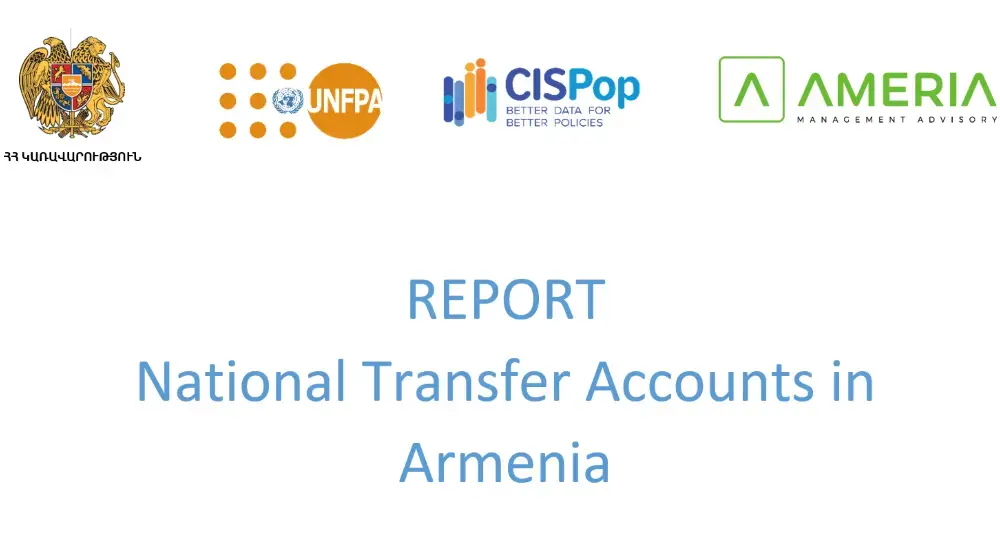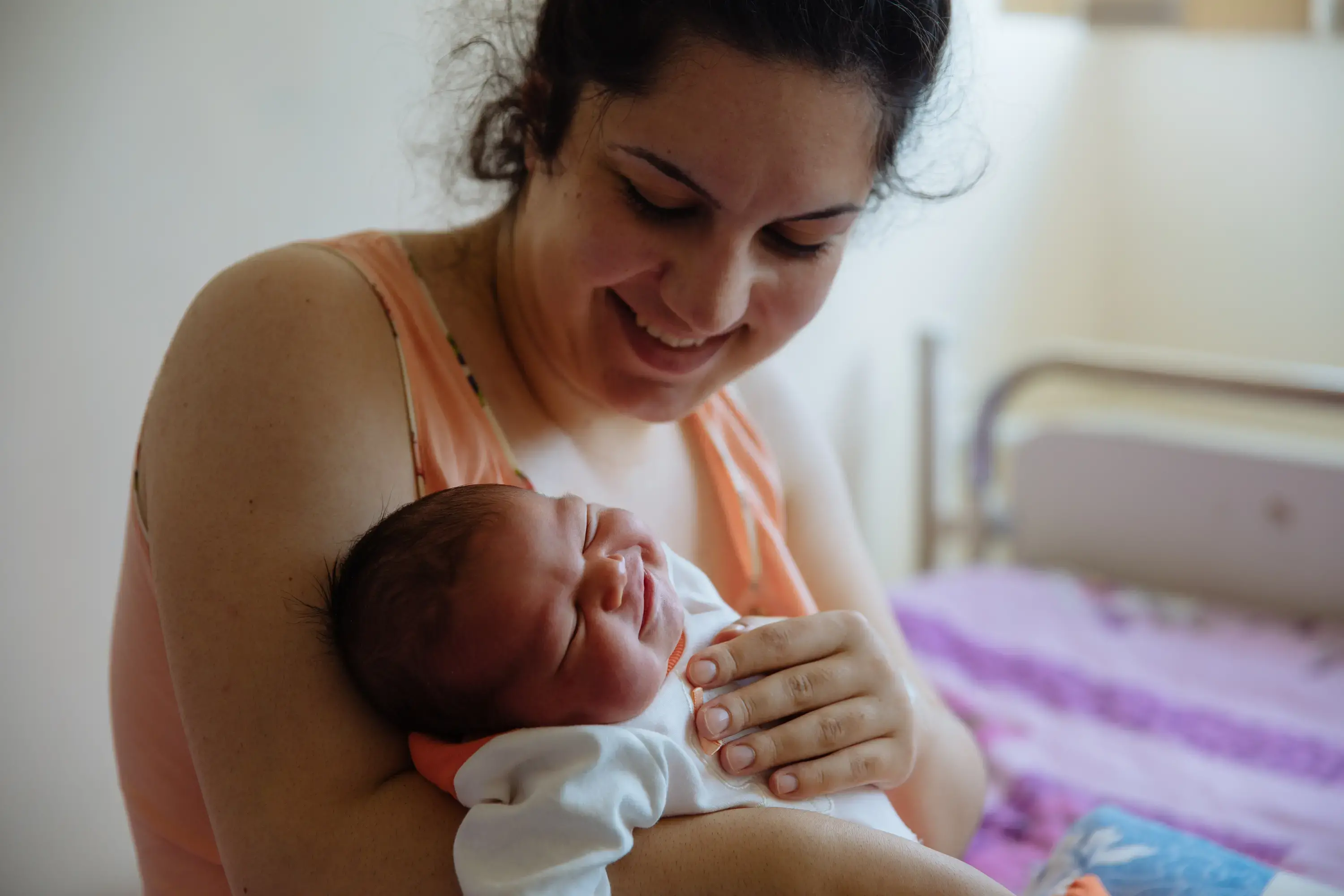UNFPA’s work on Population Dynamics is central to the goals of the international community to eradicate poverty and achieve sustainable development. Population dynamics, including growth rates, age structure, fertility and mortality, migration and more, influence every aspect of human, social and economic development. Other core areas of UNFPA work, including reproductive health and women's empowerment, powerfully influence population trends.
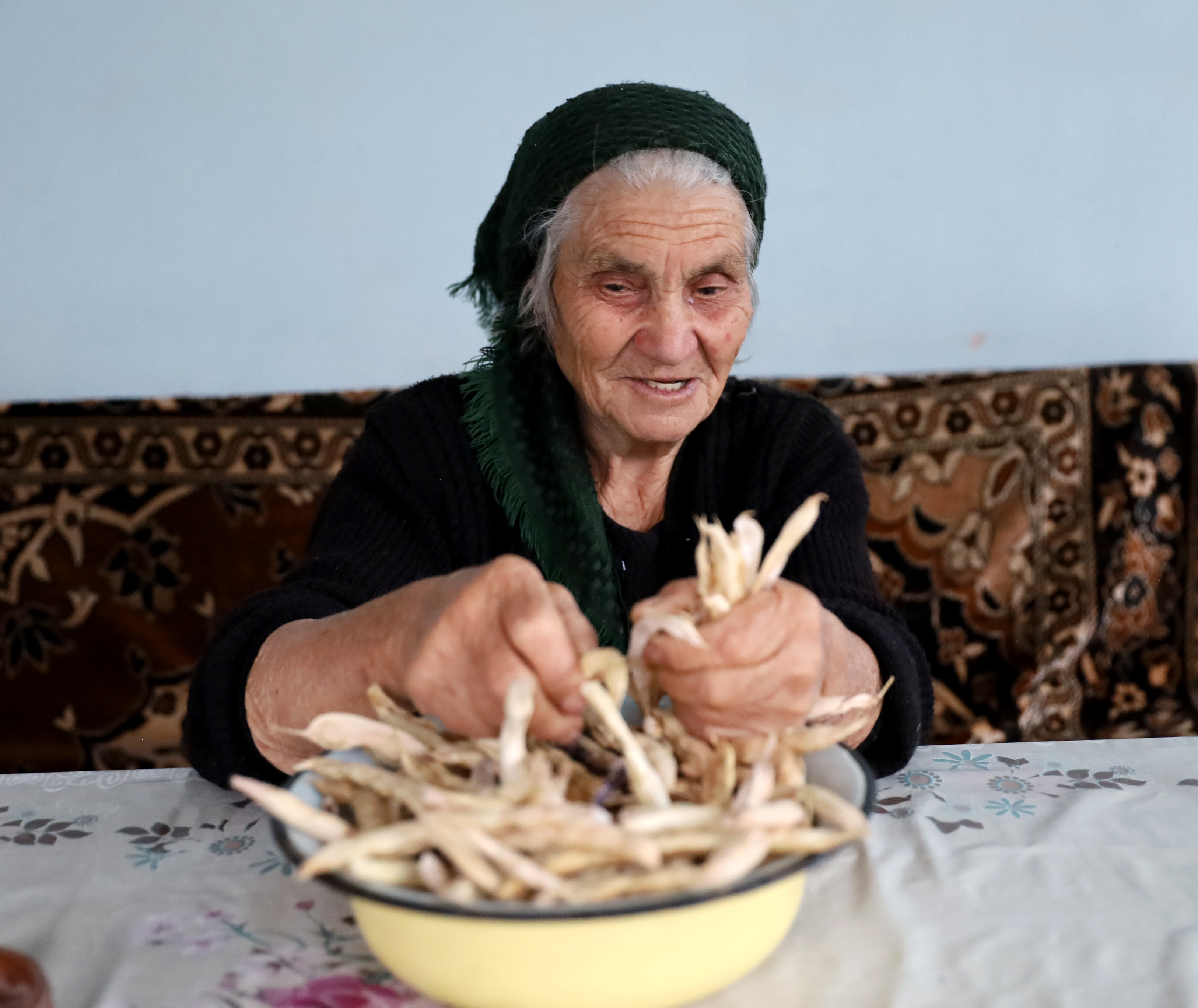 AGEING
AGEING
Although an ageing world poses social and economic challenges, the right set of policies can equip individuals, families and societies to address these challenges. UNFPA works to raise awareness about population ageing and the need to harness its opportunities and address its challenges. UNFPA also supports research and data collection to provide a solid base for policies and planning, and makes sure ageing issues are integrated into national development programmes and poverty reduction strategies.
Armenian Context
According to the UN Demographic Aging Scale, if the share of population aged 65 or over increased from 7%, that indicated about the aging population. According to the UN data, Armenia is at the upper threshold of aging societies.
As of January 1, 2019, the share of population aged 65 and over in Armenia was 12.8%, which is 5-8% higher than the UN Demographic Aging Scale. According to the forecast done by the UNFPA, in case of incomplete implementation or absence of appropriate measures, that number will rise to almost 22-23% by 2050.
UNFPA contributed to the development of RA strategy and Action Plan for Overcoming the Consequences of Ageing and for Social Protection of the Older People for 2017-2021 led by the Ministry of Labour and Social Affairs. The main goal of the strategy is to create a conducive and favorable environment for the elderly people for good quality of life.

FERTILITY
In countries where population decline leads to the depopulation of - often rural - areas, per capita costs for maintaining essential infrastructures and services rise and strain state budgets. In some countries, population shrinking is even seen as a national security issue. This can include concerns about weakened defence capabilities, or about changes in the ratio between population groups in a country, or more broadly about a country’s economic, political and military power relative to its neighbours.
Armenia is among those countries that use the concept of “demographic security,” which implicitly or explicitly recognizes low fertility and population decline as security issues.
However, it is important to ensure that policies addressing demographic challenges do not infringe on human rights, including the right to choose the number and timing of children. But this is not only a question of rights. Experience in various countries, shows that putting pressure on people to have more children or even banning legal abortion or access to contraceptives will lead to immense human suffering: people will find less safe alternatives, risking their health and lives – while the effect on fertility will be minimal.
Does more family planning lead to lower fertility?
No, this is a common myth. There is no correlation between the use of modern family planning methods and fertility levels in Europe. In fact, fertility rates are slightly higher in countries with modern contraceptive usage rates over 65%, compared to countries with usage rates under 45%. The example of Georgia shows that an increase in modern contraceptive usage rates and higher fertility rates can go hand in hand:
What is the reason for low fertility in Eastern Europe, including Armenia?
The reason is not that people don’t want to have children. In fact, people all over Europe generally say they want about two children on average. But a number of factors – such as economic instability, insufficient childcare options, and the difficulty of reconciling work and family duties – prevent people from actually having the number of children they want. Policy responses must focus on creating an environment in which people can realise their fertility intentions and have as many children as they want, when they want them.

MIGRATION
Migration is an important force in development and a high-priority issue for both developing and developed countries. Almost half of all migrants are women, and most are of reproductive age. They have specific needs and human rights concerns. UNFPA works to increase understanding of migration issues, advocate for better migration data, and promote the incorporation of migration into national development plans. UNFPA also advocates for addressing the special concerns of women and other vulnerable migrants, and works to meet the emergency reproductive health needs of refugees and internally displaced people.
Data: Most countries have a negative migration balance (i.e., more people emigrate than immigrate). And it is often young people of reproductive age who are leaving.
UNFPA Population and Development Programme
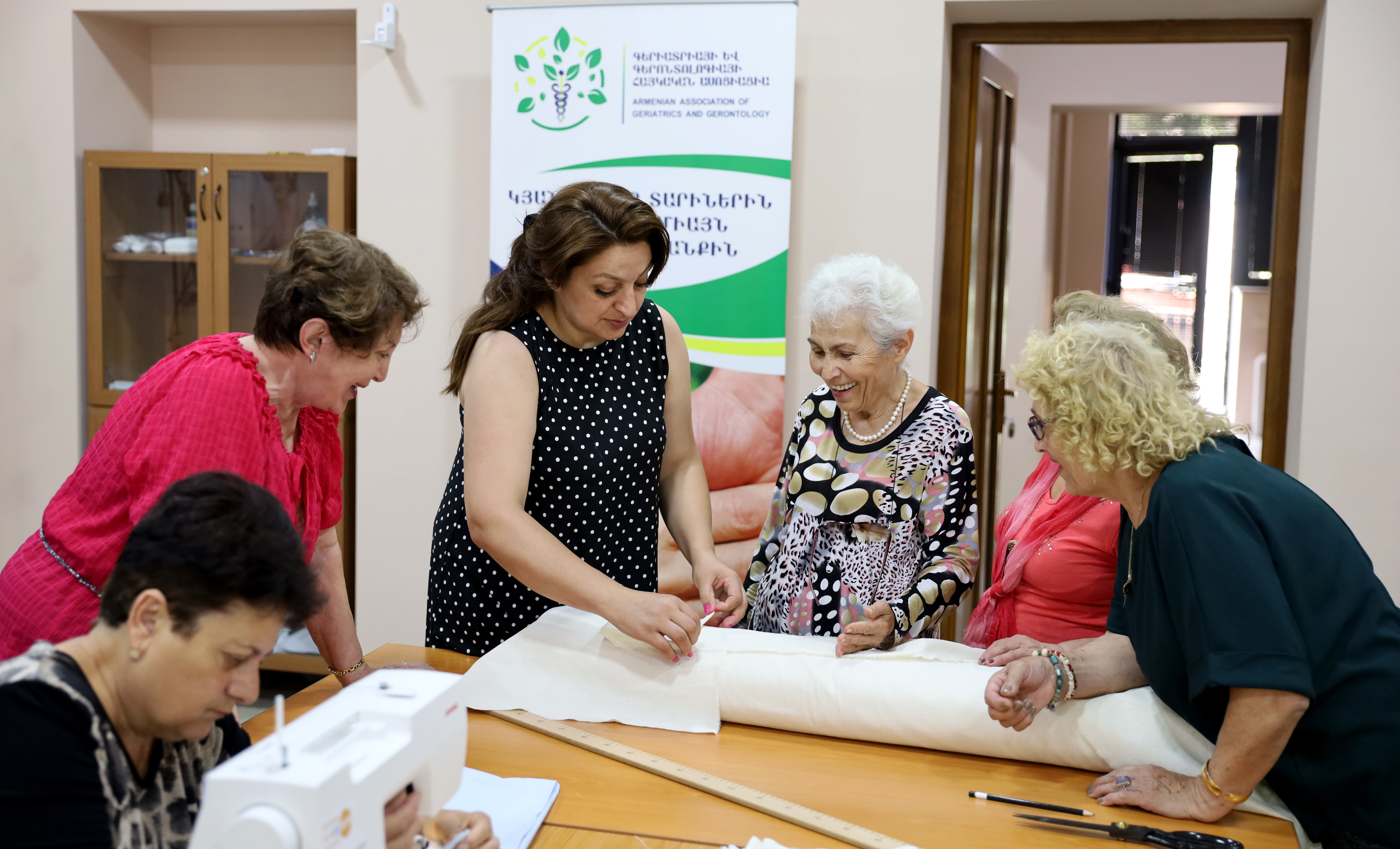
Population and Development programme of the United Nations Population Fund (UNFPA) was launched in Armenia in January 2005 and continues its operations up to date.
The main goal of the programme is to support in development of national systems of demographic data collection, analysis, application and monitoring in Armenia. The data on human development, including those related to the Millennium Development Goals, are particularly important.
The programme is implemented in cooperation with the RA Ministry of Labor and Social Affairs, the RA Statistical Committee and other relevant institutions.
CURRENT ACTIVITIES:
- Ongoing analysis and projections of the current demographic situation;
- Development of the RA Population Policy and Results Framework, as well as introduction of an effective monitoring and evaluation system;
- Assistance to collection of reliable data in Armenia through sample studies;
- Support to conduction of 2022 census in Armenia;
- Assistance to the quality and accessibility of services provided to the elderly;
- Activities aimed at the introduction of the Institute of Geriatrics (Elderly Healthcare) (Development of relevant guidelines, training of specialists).
THE MAIN PROGRAMME OUTCOMES
- Conduction of pilot census in 2010, and the main census in 2011 and 2022;
- Complex migration survey of the population of the Republic of Armenia during 2018 to 2021;
- Adoption of the RA Demographic Policy Strategy and Action Plan (2009-2035);
- Conduction of RA demography and healthcare related studies in 2005 and 2010;
- Conduction of pilot survey on reproductive behavior among Armenia population in 2009;
- Conduction of sample research on RA Population Ageing in 2008;
- Adoption and ratification of Strategy and Action Plan for solution of aging issues and elderly social protection;
- Development and publication of glossary/dictionary of main demographic concepts in 2008;
- Conduction of sample survey of RA external and internal migration in 2007;
- Conduction of “Family” Institute sample research in 2006;
- Introduction of courses on demography in the education curriculum of the Masters’ Studies at Yerevan State University
LIST OF PUBLICATIONS:
- Demographic Policy Strategy and Action Plan of the Republic of Armenia (2009-2035)
- Report on the outcomes of RA Population Migration complex survey during 2018-2021;
- Infertility Survey in Armenia;
- Analysis of the outcomes of the sample survey of the reproductive behavior among Armenia population, 2009.
- Analysis of the outcomes of the research on RA population aging, 2008.
- Glossary/ Dictionary of main demographic concepts, 2008.
- Report of sample survey of RA external and internal migration, 2007.
- Research on "Family" Institute, 2006.


